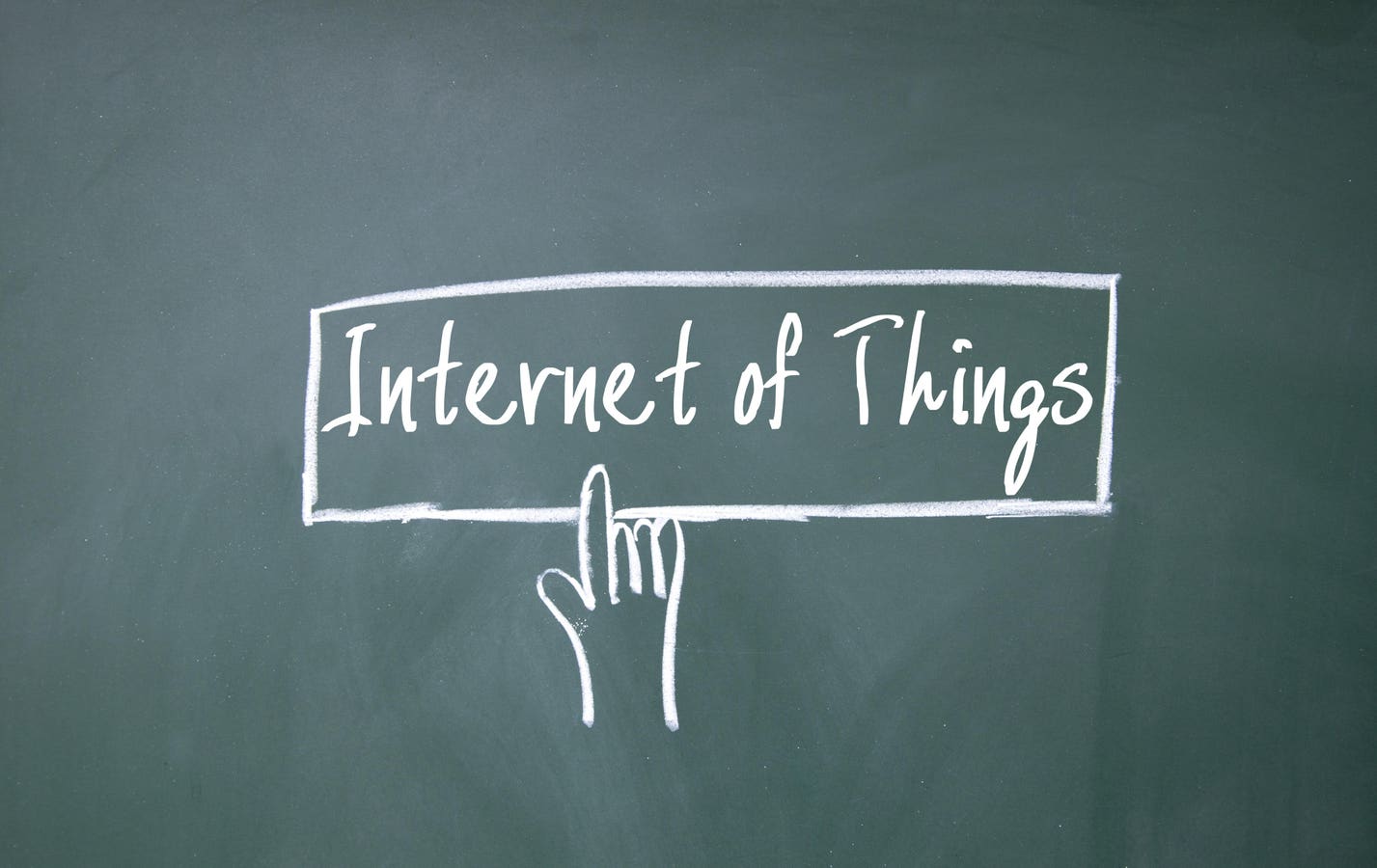While you might be thinking “one of these things is not like the other,” they are all examples of the Internet of Things (IoT).
They are all everyday objects that can be connected to the internet and be recognized by other devices and contribute info to a database. The Internet of Things describes Internet V.2, where data is created by things.
Kevin Ashton, digital innovation expert who is credited with coining the term, defines the Internet of Things in this quote:
“If we had computers that knew everything there was to know about things—using data they gathered without any help from us—we would be able to track and count everything, and greatly reduce waste, loss and cost. We would know when things needed replacing, repairing or recalling, and whether they were fresh or past their best.”
Now that the Internet of Things has made the physical world one enormous information system, how will the Internet of Things impact business in 2017?
While some would argue IoT got off to a rocky start with a lower adoption rate than was predicted, most would agree the IoT is growing and will continue to grow in 2017 and beyond. Whether it reaches the lofty predictions of 50 billion connected devices by 2020 remains to be seen, but I strongly believe that businesses who learn to harness the data created by the Internet of Things are the ones who will survive and thrive in the future.
There are several new products and innovations now available due to the Internet of Things.
There was certainly tremendous adoption of smart home technologies in 2016; experts believe Amazon sold nine times more Echos for the 2016 holiday season than the year before. Expect smart home technologies to become even more important in 2017. Seventy percent of people who purchased their first smart home device believe they are more likely to purchase more, according to a Smart Home Technology Survey.
There were 78.1 million wearables sold in 2015 and the market is expected to grow to 411 million by 2020. All wearable technology, which includes smart watches, fitness trackers, VR headsets and more, generates a ton of data that businesses are just beginning to understand the possibilities and potential applications for.
It is estimated that a staggering 82 percent of cars will be connected to the internet by 2021. App integration, navigation and diagnostic tools, and even self-driving cars will be ways the Internet of Things transforms the automobile industry. The auto industry is investing heavily to determine the next IofT innovation.
We just scratched the surface for ways the IoT will offer new products and possibilities for consumers, but it will also impact the way we do business. Here are just few ways:
There’s no doubt, the Internet of Things is just getting started. Businesses who start now to develop or expand IoT technology in their products, services and operations are the ones who will realize a competitive advantage.
Of course, as with most new innovations, IoT comes with a drawback; at the moment, most IoT devices are not secured, making them an easy target for hackers. Last year, millions of IoT devices were hacked and used to take down some of the underlying infrastructure of the internet. Going forward, IoT manufacturers would do well to pay more attention to security, and users should take every precaution to secure their devices.
